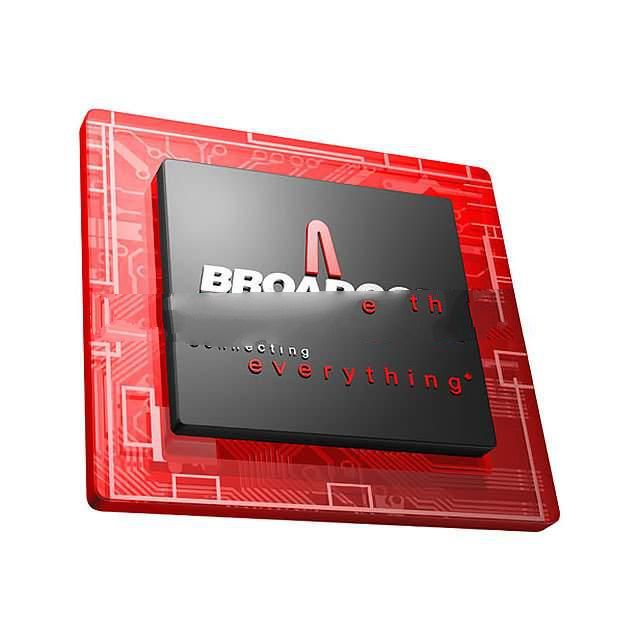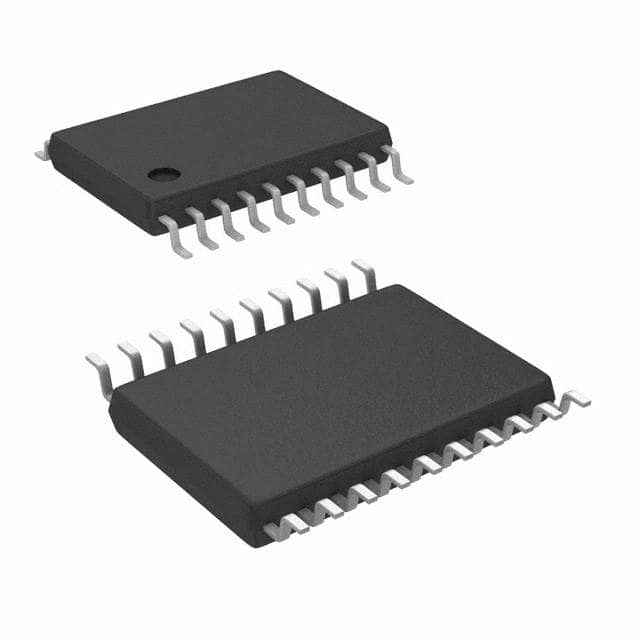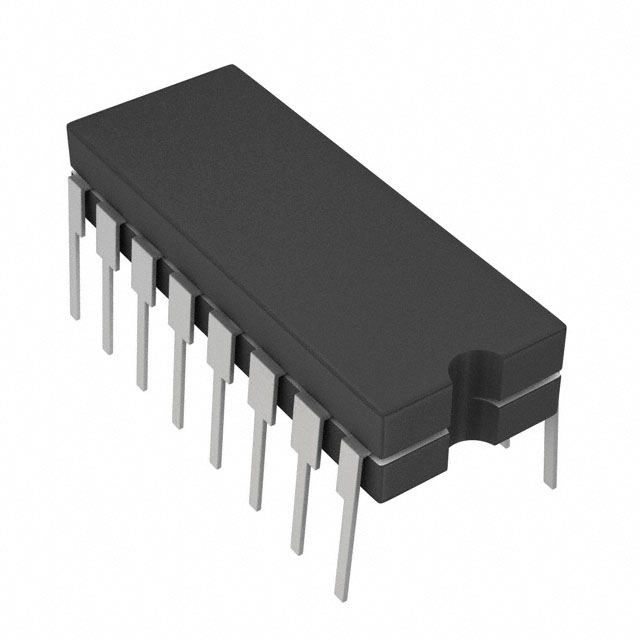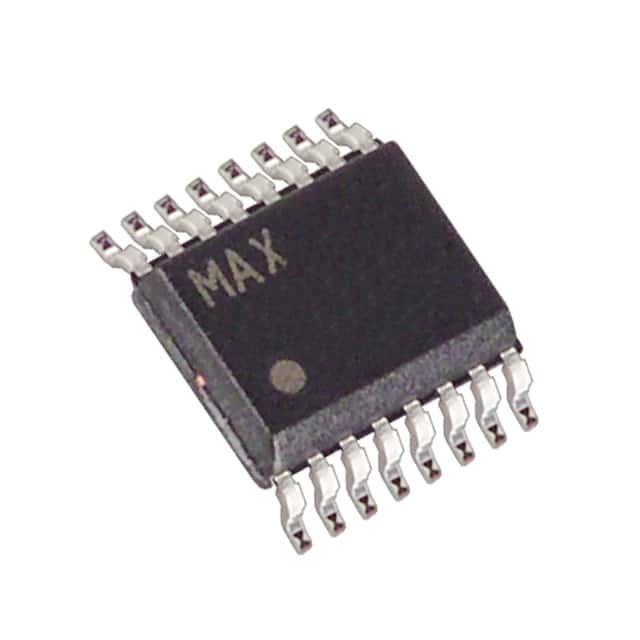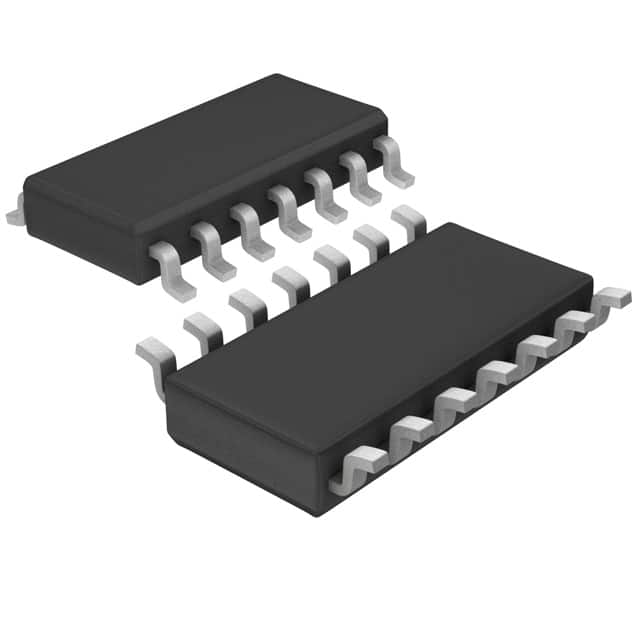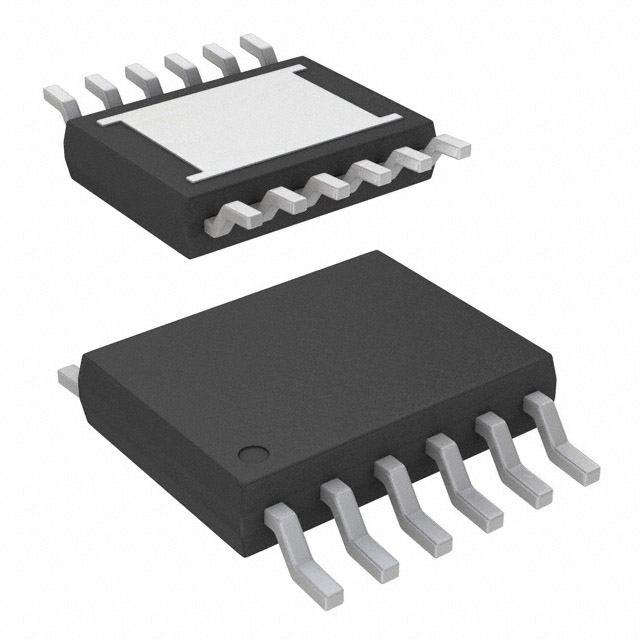BCM5482SEA2KFBG Product Introduction:
Broadcom Limited Part Number BCM5482SEA2KFBG(Interface - Drivers, Receivers, Transceivers), developed and manufactured by Broadcom Limited, distributed globally by Jinftry. We distribute various electronic components from world-renowned brands and provide one-stop services, making us a trusted global electronic component distributor.
BCM5482SEA2KFBG is one of the part numbers distributed by Jinftry, and you can learn about its specifications/configurations, package/case, Datasheet, and other information here. Electronic components are affected by supply and demand, and prices fluctuate frequently. If you have a demand, please do not hesitate to send us an RFQ or email us immediately sales@jinftry.com Please inquire about the real-time unit price, Data Code, Lead time, payment terms, and any other information you would like to know. We will do our best to provide you with a quotation and reply as soon as possible.
Introducing the Broadcom Limited BCM5482SEA2KFBG, a cutting-edge Ethernet transceiver that is revolutionizing the networking industry. With its advanced features and versatile application fields, this product is a game-changer for businesses and individuals alike.
The BCM5482SEA2KFBG boasts a compact and efficient design, making it ideal for space-constrained environments. It supports 10/100/1000BASE-T Ethernet and offers exceptional performance, ensuring fast and reliable data transmission. With its low power consumption, this transceiver is not only environmentally friendly but also cost-effective, saving businesses on energy expenses.
One of the standout features of the BCM5482SEA2KFBG is its advanced auto-negotiation capabilities. It can automatically detect and configure the optimal speed and duplex mode, eliminating the need for manual configuration. This makes it incredibly user-friendly and convenient for both experienced network administrators and novices.
The BCM5482SEA2KFBG finds its application in a wide range of fields. It is perfect for use in enterprise networks, data centers, and cloud computing environments, where high-speed and reliable connectivity is crucial. Additionally, it is an excellent choice for home networks, providing seamless internet access for gaming, streaming, and other bandwidth-intensive activities.
In conclusion, the Broadcom Limited BCM5482SEA2KFBG is a top-of-the-line Ethernet transceiver that offers exceptional performance, energy efficiency, and ease of use. With its versatile application fields, it is the perfect solution for businesses and individuals seeking reliable and high-speed connectivity. Upgrade your network infrastructure today with the BCM5482SEA2KFBG and experience the future of networking.
Interface - Drivers, Receivers, Transceivers are all important components in integrated circuits (ics) to achieve signal transmission. The driver interface is responsible for converting internal logic signals into signals suitable for long-distance transmission or driving external loads, ensuring signal integrity and stability. It usually includes signal amplification, level switching, and necessary protection circuits to match the electrical requirements of different systems. The receiver interface, by contrast, receives an external signal, converts it to an internal logic level, and performs noise suppression and signal integrity checks to ensure that data is transmitted accurately to the internal circuit. The transceiver interface is a combination of driver and receiver, which can realize the transmission and reception of signals on the same device. It usually includes transmitting and receiving subsystems, transmitting part is responsible for signal generation, modulation and amplification, receiving part is responsible for signal reception, demodulation and processing.
Application
Interface - Drivers, Receivers, Transceivers are widely used in various high-speed communication and signal processing occasions. In network devices such as data centers, servers, and switches, they are key components to implement high-speed interface protocols such as high-speed Ethernet and Fibre Channel. In the field of consumer electronics, such as smartphones, tablets, HDTVS, etc., these interfaces support HDMI, USB, DisplayPort and other high-definition audio and video transmission standards, providing excellent audio and video experience. In addition, in industrial automation, automotive electronics, aerospace and other fields, these interfaces also play an important role in enabling reliable communication and precise control between devices. With the rapid development of the Internet of Things (IoT) and 5G communication technology, the application field of driver interface, receiver interface and transceiver interface will be further expanded, providing powerful communication support for more intelligent and interconnected devices and systems.
FAQ about Interface - Drivers, Receivers, Transceivers
-
1. What is an interface IC?
An interface IC is a chip with an internal interface circuit, which is mainly used for connection and data exchange between the CPU and external devices and memory. The interface IC coordinates the differences in speed, type, timing, etc. between the CPU and external devices through internally set registers, buffer logic, information format conversion and other functions to ensure accurate and efficient data transmission.
The main functions of the interface IC include:
Setting data storage and buffering logic: adapting to the speed difference between the CPU and external devices, and performing batch data transmission through registers or RAM chips.
Information format conversion: such as serial and parallel conversion, adapting to different data transmission requirements.
Coordinating timing differences: ensuring the synchronization of the CPU and external devices in timing.
Address decoding and selection: realizing the selection and control of peripherals.
Setting interrupt and DMA control logic: ensuring the correct processing and transmission of interrupt and DMA request signals.
Interface ICs are widely used in various electronic devices, such as smart homes, industrial automation, computer systems, etc. For example, Type-C interface chips are used to implement Type-C interface functions, supporting high-speed data transmission and power transmission; RS-485 interface chips are used in industrial automation and control systems, supporting multi-point differential signal transmission.
-
2. What are transceivers used for?
Transceivers are mainly used to convert digital signals into optical signals or electrical signals for data transmission in computer networks. The transceiver consists of two parts: a transmitter and a receiver. The transmitter converts the digital signal into an optical signal or an electrical signal and sends it to the network, while the receiver converts the received optical signal or electrical signal back into a digital signal for computer processing.
The working principle of the transceiver is based on photoelectric conversion and electro-optical conversion technology. At the transmitting end, the transceiver converts the digital signal into an optical signal or an electrical signal and transmits it to the remote device through modulation technology; at the receiving end, the transceiver converts the received optical signal or electrical signal back into a digital signal through demodulation technology for local device processing.
The application scenarios of transceivers are very wide, including local area networks, wide area networks, wireless networks, satellite communications, optical fiber communications, robots and IoT devices. They are widely used in computer networks, communication equipment, industrial automation and other fields to realize data transmission and communication between different devices.
-
3. What is the difference between a transmitter and a transceiver?
The core difference between a transmitter and a transceiver lies in their functions and uses. The transmitter is mainly responsible for converting electrical signals into optical signals and transmitting them through optical fibers; while the transceiver has both transmitting and receiving functions, which can convert electrical signals into optical signals for transmission and also convert optical signals into electrical signals for reception.
The transmitter is usually composed of an optical transmitting module, whose function is to convert electrical signals into optical signals and transmit them through optical fibers. It is mainly used to connect devices that need to send data, such as computers, servers, etc. 12. The transceiver contains two modules, optical transmitting and optical receiving, which can complete the two-way transmission of signals, and can both send and receive data.
 Lead free / RoHS Compliant
Lead free / RoHS Compliant



